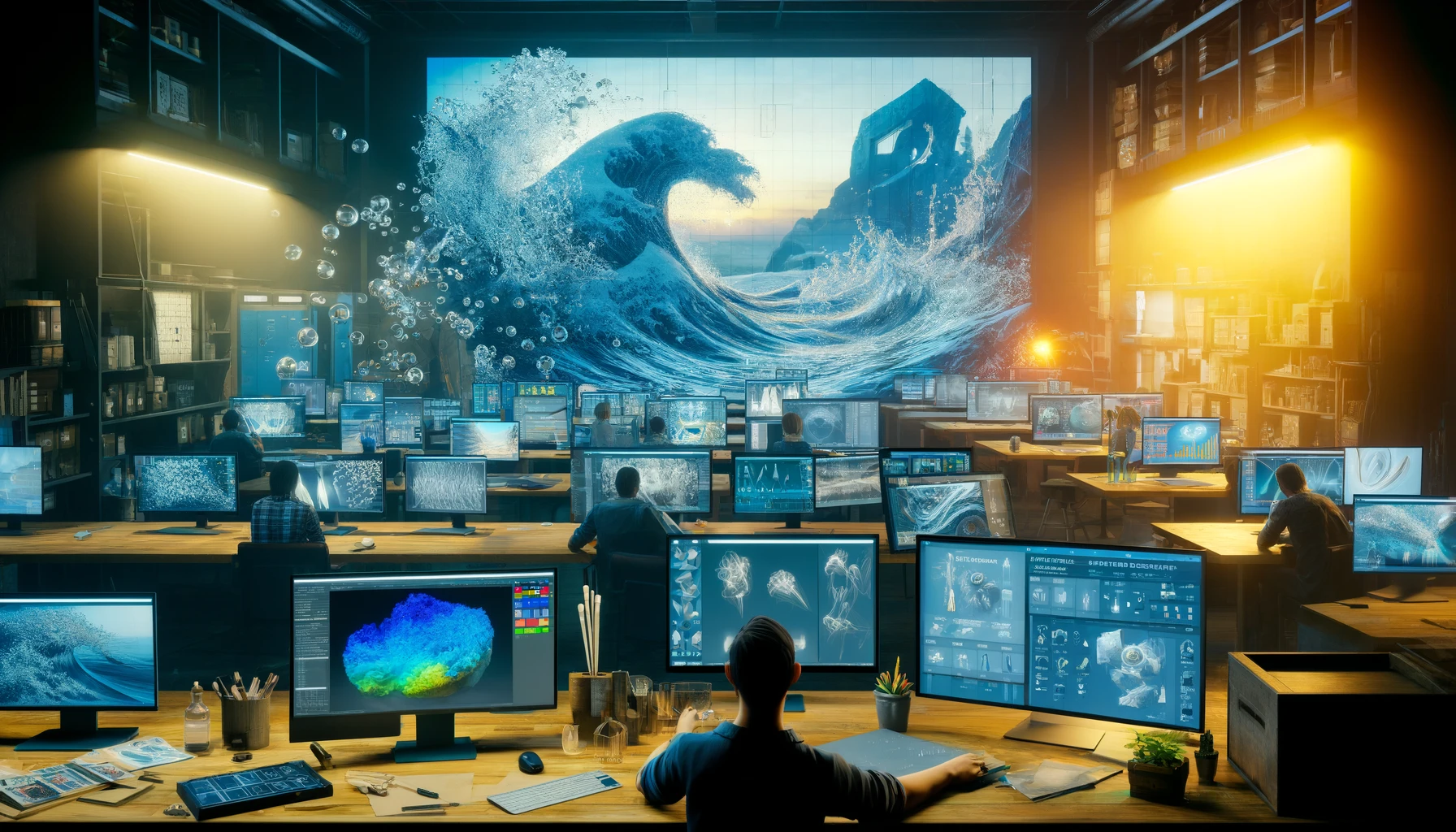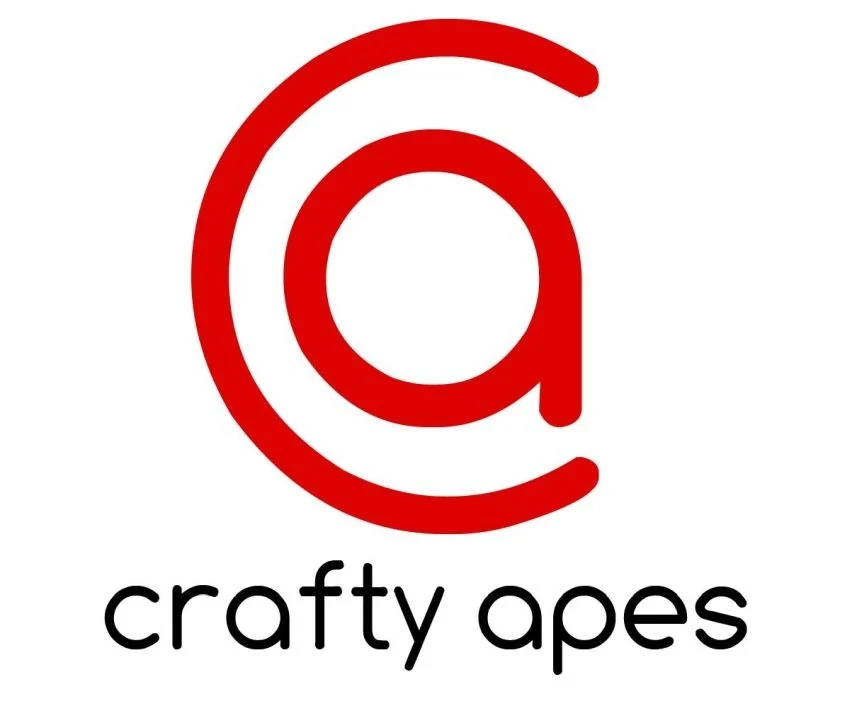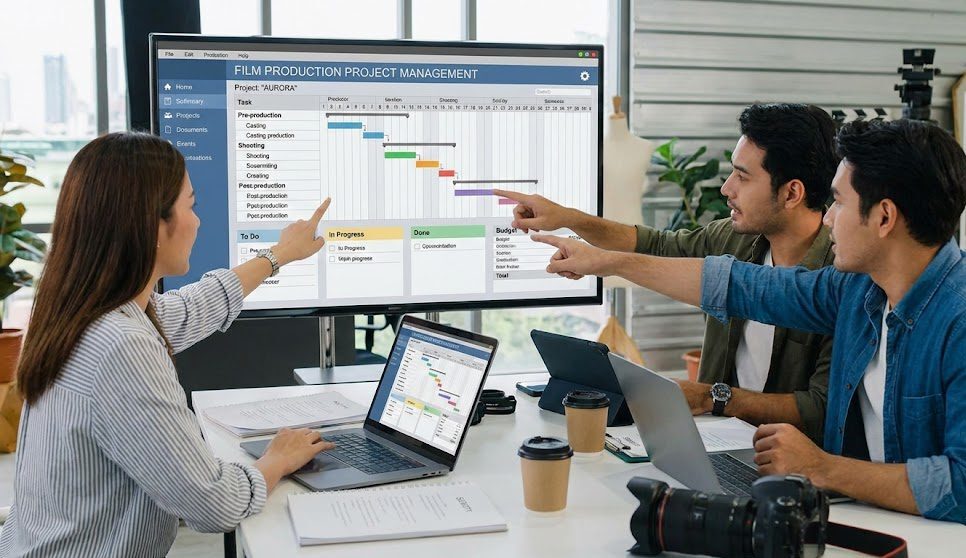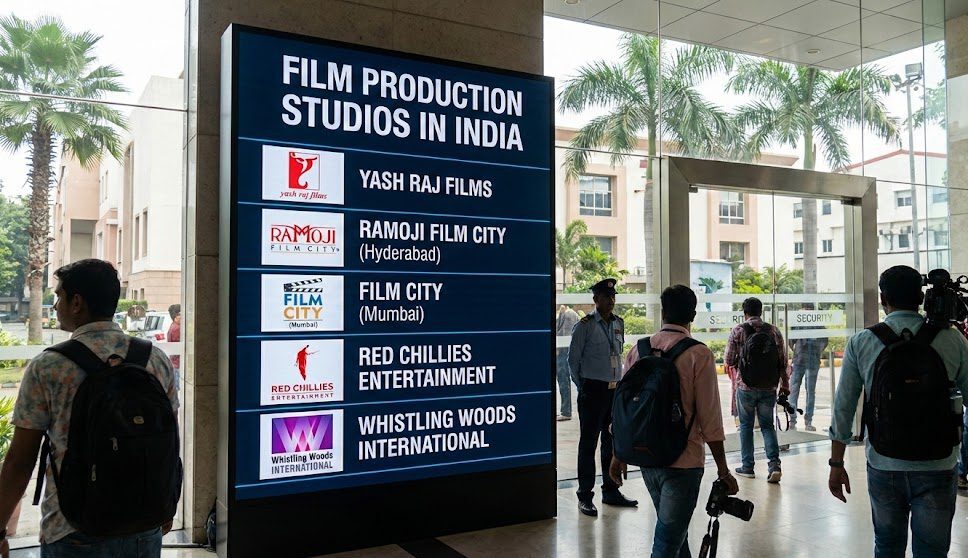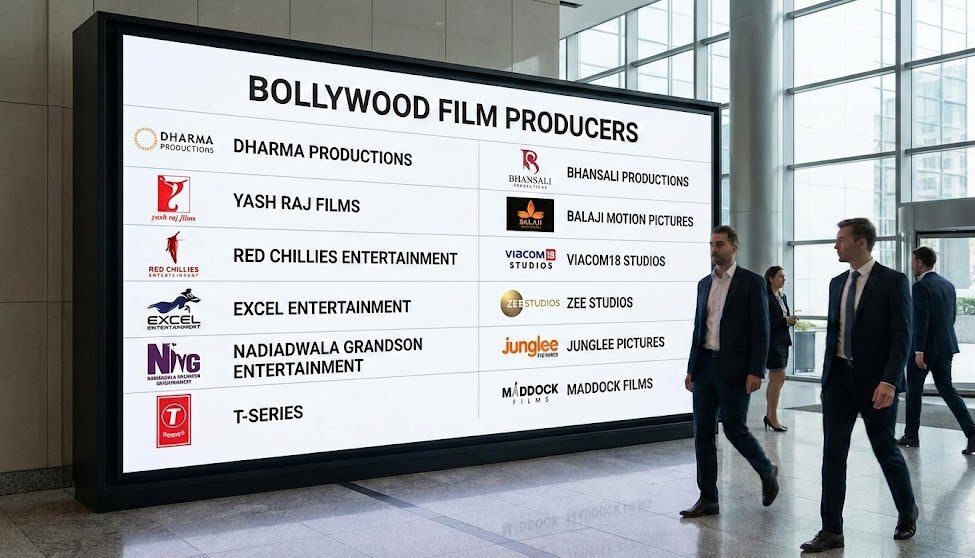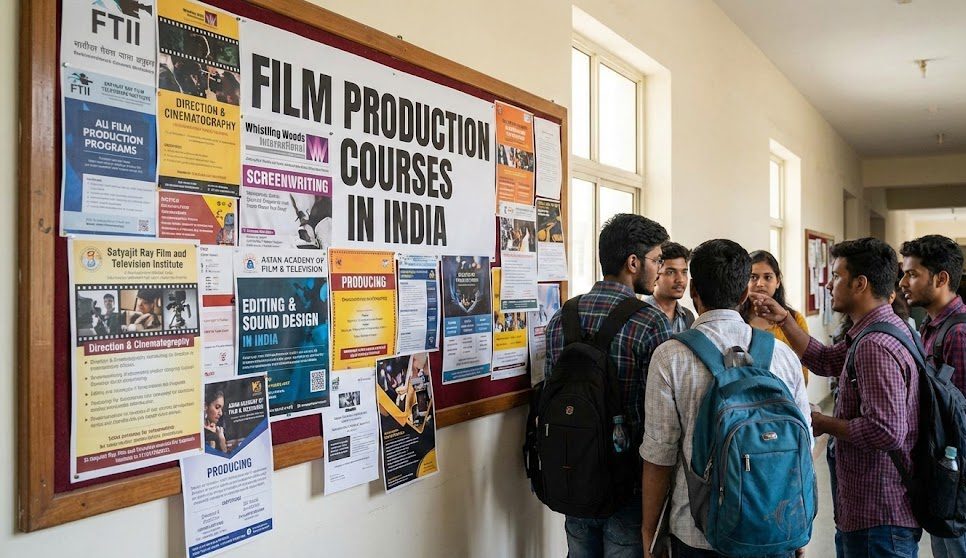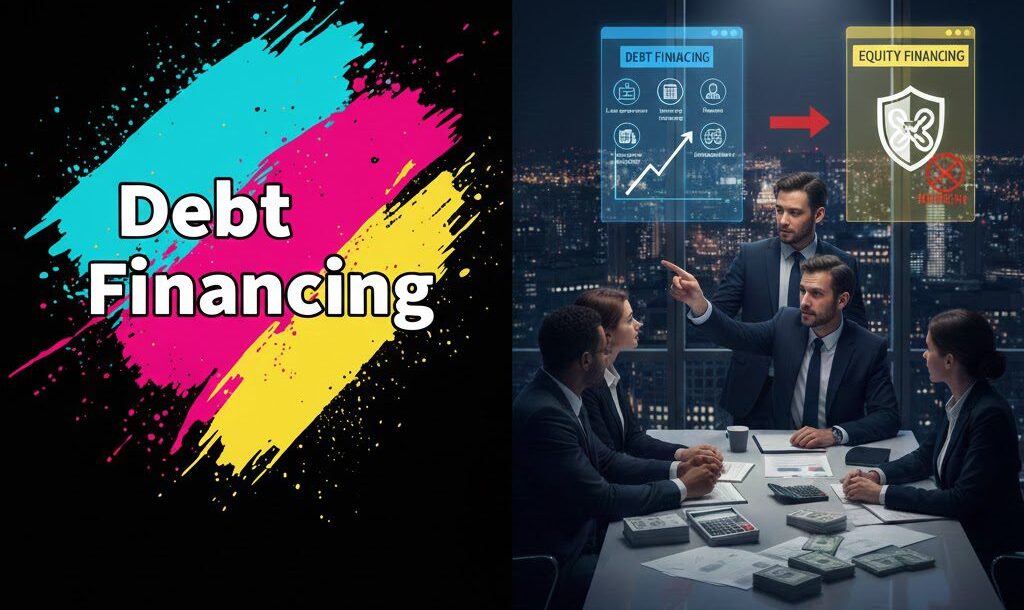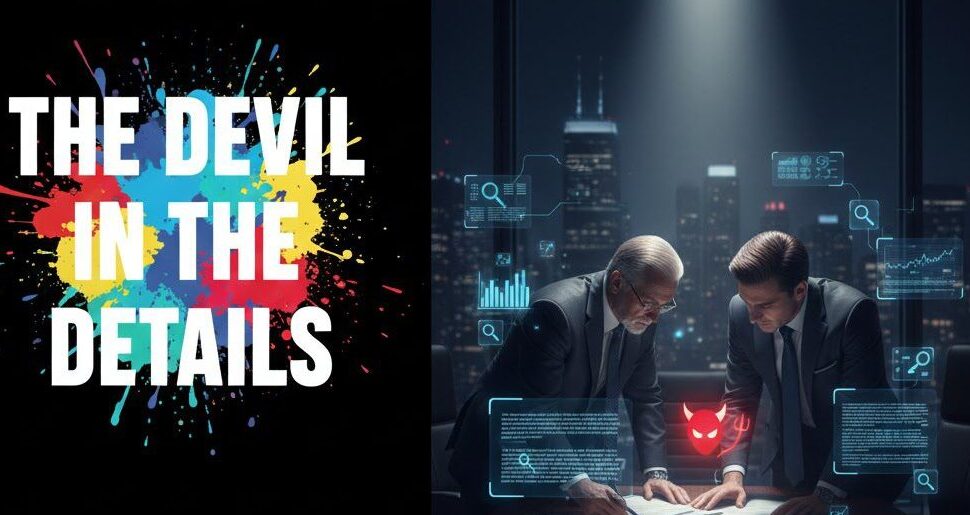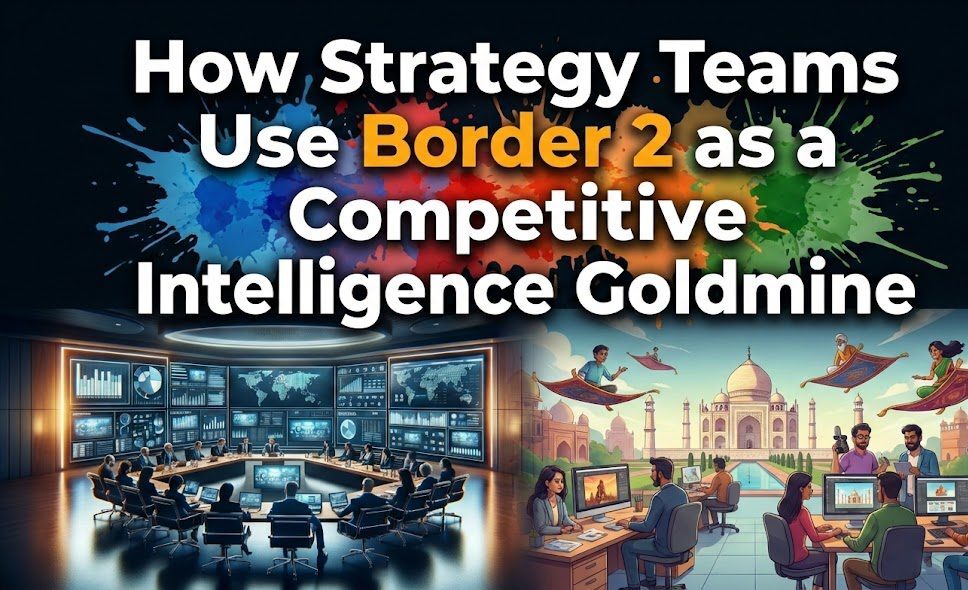Introduction
Hey everyone, Neil Patel here! Finding the right VFX studio can make or break your project. Seriously. In 2025, the landscape is more dynamic than ever, with new technologies and creative talents constantly emerging.
If you’re wondering how to navigate this world and find the perfect partner for your visual effects needs, you’re in the right place. The challenge of identifying truly capable and future-ready VFX Studios in 2025 is real, but definitely solvable.
In this post, I’m going to walk you through exactly how to identify and vet top-tier VFX studios that can bring your vision to life in the coming year.
Table of content
- Introduction
- Key-Takeaways
- Step 1: Understand Key VFX Trends Shaping 2025
- Step 2: Deep Dive into Studio Portfolios and Showreels
- Step 3: Evaluate Technical Capabilities and Innovation
- Step 4: Assess Scalability, Communication, and Security
- Step 5: Leverage Industry Networks and Platforms
- How Vitrina Helps You Find VFX Studios in 2025
- Conclusion
- FAQs
Key Takeaways
| Aspect | Key Action/Insight |
|---|---|
| Understanding 2025 Trends | Focus on studios embracing AI, real-time rendering, and virtual production. |
| Portfolio Evaluation | Look for diversity, complexity, and recent, relevant work. Don’t just look at sizzle reels. |
| Assessing Technical Prowess | Verify their software stack, pipeline efficiency, and R&D investment. |
| Gauging Scalability & Collaboration | Ensure they can handle your project’s scope and integrate with your team. |
| Leveraging Discovery Platforms | Utilize platforms like Vitrina to efficiently find and connect with vetted studios. |
Overwhelmed by VFX Vendor Choices?

Step 1: Understand Key VFX Trends Shaping 2025
The first thing you MUST do is get a grip on what’s actually cutting edge. VFX Studios in 2025 aren’t just about more pixels; they’re about smarter, faster, and more integrated workflows. If a studio isn’t talking about these things, they might be living in the past.
Key Technologies to Watch
Keep an eye out for studios that are not just using but *mastering* these technologies:
- Artificial Intelligence (AI) in VFX: AI is revolutionizing everything from rotoscoping and matchmove to character animation and environment creation. Studios leveraging AI can often deliver higher quality results, faster and sometimes even cheaper.
- Real-Time Rendering: Game engines like Unreal Engine and Unity are no longer just for games. They’re enabling real-time rendering for film and episodic content, which means faster iterations and on-set visualization. This is huge!
- Virtual Production: Think LED walls and in-camera VFX. Studios proficient in virtual production can offer incredible creative flexibility and reduce post-production headaches.
- Cloud-Based Workflows: Scalability and remote collaboration are critical. Studios using cloud infrastructure are better equipped to handle large datasets and global talent pools.
Ask potential studios how they’re incorporating these trends. Their answers will tell you a lot about their forward-thinking (or lack thereof).
Step 2: Deep Dive into Studio Portfolios and Showreels
Okay, a flashy showreel is cool. But you need to dig deeper. A reel is a highlight reel, designed to impress. You need to see if their actual project work matches the hype and, more importantly, aligns with *your* specific needs.
Beyond the Sizzle: What to Look For
- Variety and Specialization: Do they excel in a specific type of VFX (e.g., creature animation, FX simulations, environments) or are they a generalist studio? Make sure their specialty matches your project’s core requirements.
- Complexity and Quality: Look at the intricacy of their work. Is it seamless? Does it serve the story? Don’t be afraid to ask for breakdowns of specific shots to understand their process.
- Recent Work: The VFX industry moves fast. Work from 5 years ago, while potentially good, might not reflect their current capabilities or pipeline. Focus on projects completed in the last 18-24 months.
- Client Testimonials and Case Studies: What do their past clients say? Detailed case studies can give you insights into their problem-solving skills and collaboration style.
Don’t just watch the reel; dissect it. And always ask for specific examples relevant to the type of work you’re commissioning.
Step 3: Evaluate Technical Capabilities and Innovation
This is where the rubber meets the road. A studio’s creative talent needs to be backed by a rock-solid technical foundation. For VFX Studios in 2025, this means a modern pipeline and a culture of innovation.
Assessing the Tech Backbone
- Core Software and Pipeline: What software do they primarily use (e.g., Maya, Houdini, Nuke)? How integrated is their pipeline? A disjointed pipeline can lead to delays and inefficiencies.
- R&D and Custom Tools: Are they investing in research and development? Do they create proprietary tools to solve unique challenges or improve efficiency? This shows a commitment to staying ahead.
- Talent and Training: Technology is only as good as the people using it. Inquire about their team’s expertise, ongoing training programs, and how they attract and retain top talent.
- Data Management and Security: VFX projects involve massive amounts of data. How do they manage it? What are their security protocols to protect your valuable IP? This is non-negotiable.
A studio that is transparent about its technology and invests in its infrastructure is generally a more reliable partner.
Need the Right VFX Partner, Fast?

Step 4: Assess Scalability, Communication, and Security
You’ve found a studio with a great portfolio and impressive tech. But can they handle *your* project? And will they be good to work with? These practical considerations are crucial.
Ensuring a Smooth Partnership
- Scalability: Can the studio scale its team and resources up or down based on your project’s needs and timeline? Ask about their capacity and lead times.
- Communication and Project Management: How do they manage projects? Who will be your main point of contact? Regular, clear communication is key to avoiding misunderstandings and keeping the project on track. Look for established processes.
- Collaboration Tools: What platforms do they use for reviews and feedback (e.g., ShotGrid, Frame.io)? Familiarity with industry-standard tools can streamline the collaboration process.
- Cultural Fit: This might seem soft, but it’s important. Do their values and working style align with yours? A good cultural fit can make a challenging project much more enjoyable.
- Security Protocols: I mentioned it before, but it’s worth stressing. Given the value of media IP, robust security measures (digital and physical) are essential. Inquire about their TPN (Trusted Partner Network) compliance or similar certifications.
Finding a technically proficient studio is one thing; finding one that’s also a great partner is the goal.
Step 5: Leverage Industry Networks and Platforms
You don’t have to do all this legwork alone. There are resources out there designed to help you find and connect with the right VFX Studios in 2025.
Smart Ways to Discover Studios
- Industry Events and Conferences: Events like SIGGRAPH, FMX, or regional VFX conferences are great places to meet studio representatives and see the latest tech.
- Word-of-Mouth and Referrals: Talk to your peers. Recommendations from trusted contacts who have had positive experiences can be invaluable.
- Online B2B Marketplaces: This is where platforms like Vitrina shine. These platforms curate and vet service providers, making it easier to find studios that match your specific criteria. You can often filter by specialty, location, and even review past project details. Check out how Vitrina’s solutions can streamline this.
- Trade Publications and Online Directories: Industry magazines and websites often feature top studios or publish directories.
Using a combination of these methods will give you the broadest view of an increasingly global and specialized market.
One useful tool for keeping tabs on who is working on what is a project tracker, which can give you insights into the current projects of various studios.
How Vitrina Helps You Find VFX Studios in 2025
Simply put, Vitrina is designed to cut through the noise.
We are a global B2B marketplace for the Media & Entertainment industry, connecting content creators, producers, and distributors with a vast network of verified service providers, including cutting-edge VFX Studios in 2025.
Our platform provides detailed profiles, showcases past projects, and uses smart matching to help you find the ideal VFX partner based on your unique project requirements, budget, and timeline. We help you discover, connect, and collaborate with confidence.
Conclusion
So there you have it – my playbook for finding the best VFX Studios in 2025. It’s about looking beyond the flashy reels and understanding the tech, the talent, and the trends shaping the future of visual effects. By focusing on studios that are innovative, technically proficient, collaborative, and aligned with your project’s specific needs, you’ll be well on your way to creating stunning visuals.
Remember to evaluate their grasp of AI, real-time rendering, and virtual production. Dig deep into their portfolios, assess their technical infrastructure, and don’t underestimate the importance of communication and scalability. And of course, leverage platforms like Vitrina to make your search more efficient.
What’s the first strategy you’re going to try? Let me know in the comments.
Ready to Find Your Perfect VFX Partner?
Stop spending endless hours searching and start discovering the best global talent. With Vitrina, you get access to a curated network of top-tier VFX studios ready to bring your vision to life. Sign up for Vitrina today and simplify your search for the ideal VFX Studios in 2025!
Frequently Asked Questions
The biggest challenges likely include keeping pace with rapid technological advancements (especially AI and real-time tech), managing talent acquisition and retention in a competitive market, ensuring robust cybersecurity for valuable IP, and adapting to evolving content demands and production pipelines, such as virtual production.
AI is becoming a significant differentiator. When choosing a VFX studio, you should consider how they are leveraging AI to enhance creativity, improve efficiency (e.g., for tasks like rotoscoping, tracking, or generating elements), and potentially reduce costs. Studios that intelligently integrate AI into their workflows are likely to be more competitive and innovative.
Sustainability is an increasingly important consideration. This can refer to environmental sustainability (e.g., power consumption for render farms, remote work reducing travel) and also sustainable business practices (e.g., fair treatment of artists, stable financial footing). Some clients are starting to factor this into their vendor selection.
Clear communication from the outset is vital. Provide detailed briefs, visual references, and storyboards. Review their portfolio for projects with a similar aesthetic or technical challenge. Engage in deep discussions about their proposed approach and ensure they understand your creative intent. Request a paid test or pilot if the project is large enough to warrant it.


